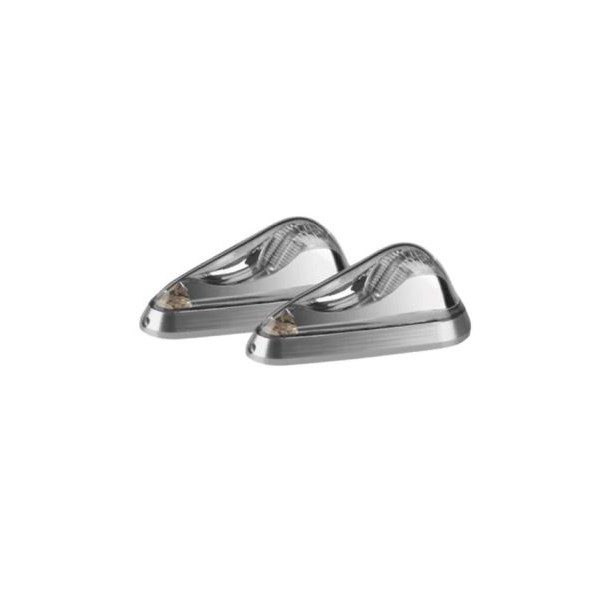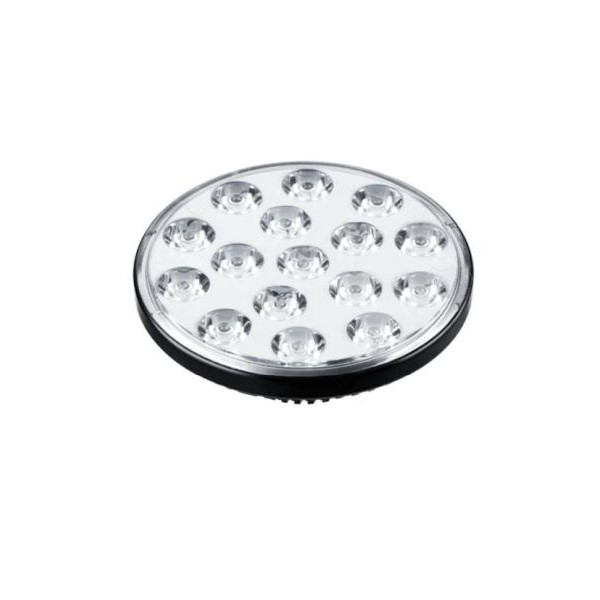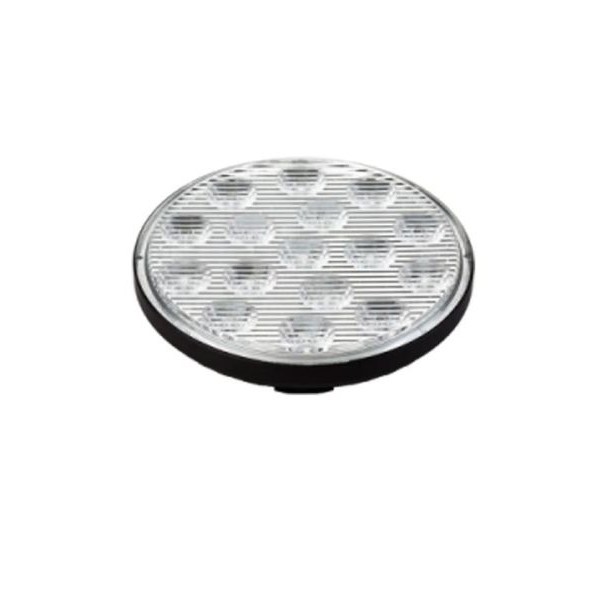No products in the cart.
LED Lights
Showing all 6 results
Filters Sort results
Reset Apply
An all -LED Navigation (NAV), Anti-collision strobe (ACS) with a rear white Position (POS) light that are nightime compliant because they meet or exceed the FAA/TSO requirements, (C-30c Type I, II, III and C96a Class II) with 400 effective candle power in the ACS. The Nav/Pos can operate independently from the ACS. The Pulsar NSP include two single, self-contained units that do not require a power supply and also include two flush mounts that use the same three position holes… Last Updated: 18-05-2023 | ||
Exceeds the FAA/TSO requirements, (C96a Class I, III). The SunBeacon II are designed to be mounted on top of the verticle stablizer or on the underbelly of an aircraft. You can use the exisiting ring mount from a legacy beacon or the SunBeacon II twist Mount. Last Updated: 18-05-2023 | ||
9W LED bulb replacement for incandescent position light bulbs that provide the forward red and green navigation lights. Warm white LED that matches the spectrum of the incandescent bulb that is replaced so that the color produced through the red and green lenses is equivalent and meets the FAR and TSO color requirements for aviation red and green. The light output meets or exceeds that of the bulb it replaces. Last Updated: 18-05-2023 | ||
Landing light, Designed as a PAR 36 replacement with a built in "wig-wag" or "pulse" feature, Improved safety with pulse recognition mode, Over-temp Sense Protection, Low-voltage Sense (shuts down half the LED's in emergency, low voltage conditions). Last Updated: 18-05-2023 | ||
Taxi light, Designed as a PAR 36 replacement with a built in "wig-wag" or "pulse" feature, Improved safety with pulse recognition mode, Over-temp Sense Protection, Low-voltage Sense (shuts down half the LED's in emergency, low voltage conditions) Last Updated: 18-05-2023 | ||
Designed as a PAR 46 replacement with a built in "wig-wag" or "pulse" feature that can be activated by connecting aircraft power to the pulse (yellow) wire. The SunSpot 46 LX has both landing and taxi optics incorporated into the light. Last Updated: 18-05-2023 |
Airplane and Helicopter LED Lights For Sale on AvPay
AvPay has a range of Aircraft LED Lights For Sale in the US, Europe, Australia, South Africa and throughout the world. Contact Aviation Lighting Suppliers directly on AvPay to compare prices through the Aviation Directories here: https://avpay.aero/directory/
AvPay is a global aviation marketplace that lets you browse a wide selection of Aircraft and Helicopters LEDS For Sale. View all of our Aviation Listings and discover other related Aviation Products & Services here: https://avpay.aero/marketplace/
Can’t find the Aircraft LED Lights you’re looking for? Check-out the Aviation Directories to find an Aviation Company that offers the service you’re looking for: https://avpay.aero/directory/
AvPay: Connecting Pilots and MROs with Aviation LED Light Sellers Worldwide!
Aircraft have several different types of lights, and the specific number may vary depending on the aircraft model and configuration. While I can provide a comprehensive list of common aircraft lights, the exact types of lights and their operation may differ based on specific aircraft models, regulations, and operational requirements. Navigation lights include red, green, and white lights located on the wingtips and tail. They are turned on during all phases of flight, day, and night, to indicate the aircraft’s position and direction. Strobe lights are bright, flashing lights usually found on the wingtips. They are turned on before taxiing onto a runway and remain on until the aircraft has cleared the runway. Landing lights are powerful forward-facing lights that provide additional illumination during takeoff and landing. They are turned on during taxi, take-off, and landing. Taxi lights illuminate the taxiway and ground in front of the aircraft during taxiing. They are turned on when the aircraft is moving on the ground and are typically switched off after exiting the runway. Wing lights are located on the wings and are used to illuminate the wings during nighttime operations. They are typically turned-on during taxi, take-off, and landing. Beacon lights, usually located on the top or bottom of the aircraft’s fuselage, indicate that the aircraft’s engines are running. They are activated before engine startup and remain on until the engines are shut down. Anti-collision lights, often synchronized flashing lights, improve the aircraft’s visibility to other pilots. They are turned on before engine startup and remain on until the engines are shut down. Logo lights illuminate the airline or aircraft’s logo on the vertical stabilizer or fuselage. They are usually turned-on during taxi, takeoff, and landing for branding and visibility purposes. Located on the wingtips, the wingtip lights are used during low visibility conditions to enhance the aircraft’s visibility to other pilots. Ice lights illuminate the leading edges of the wings and tail to aid in ice detection. They are turned on when there is a risk of ice accumulation. Runway turnoff lights, found on the sides of the aircraft’s nose or wings, are turned on when turning off the runway to enhance visibility during taxiing. Tail navigation lights, usually red lights on the aircraft’s tail, indicate the aircraft’s presence and direction. They are turned on during all phases of flight, day, and night. Please note that the exact requirements for when to turn on and off these lights can vary based on factors such as aircraft type, operator policies, local regulations, and specific operational conditions. Pilots adhere to the guidance provided in the aircraft’s operating manual, company procedures, and applicable aviation authorities’ regulations to ensure proper usage of lights.









